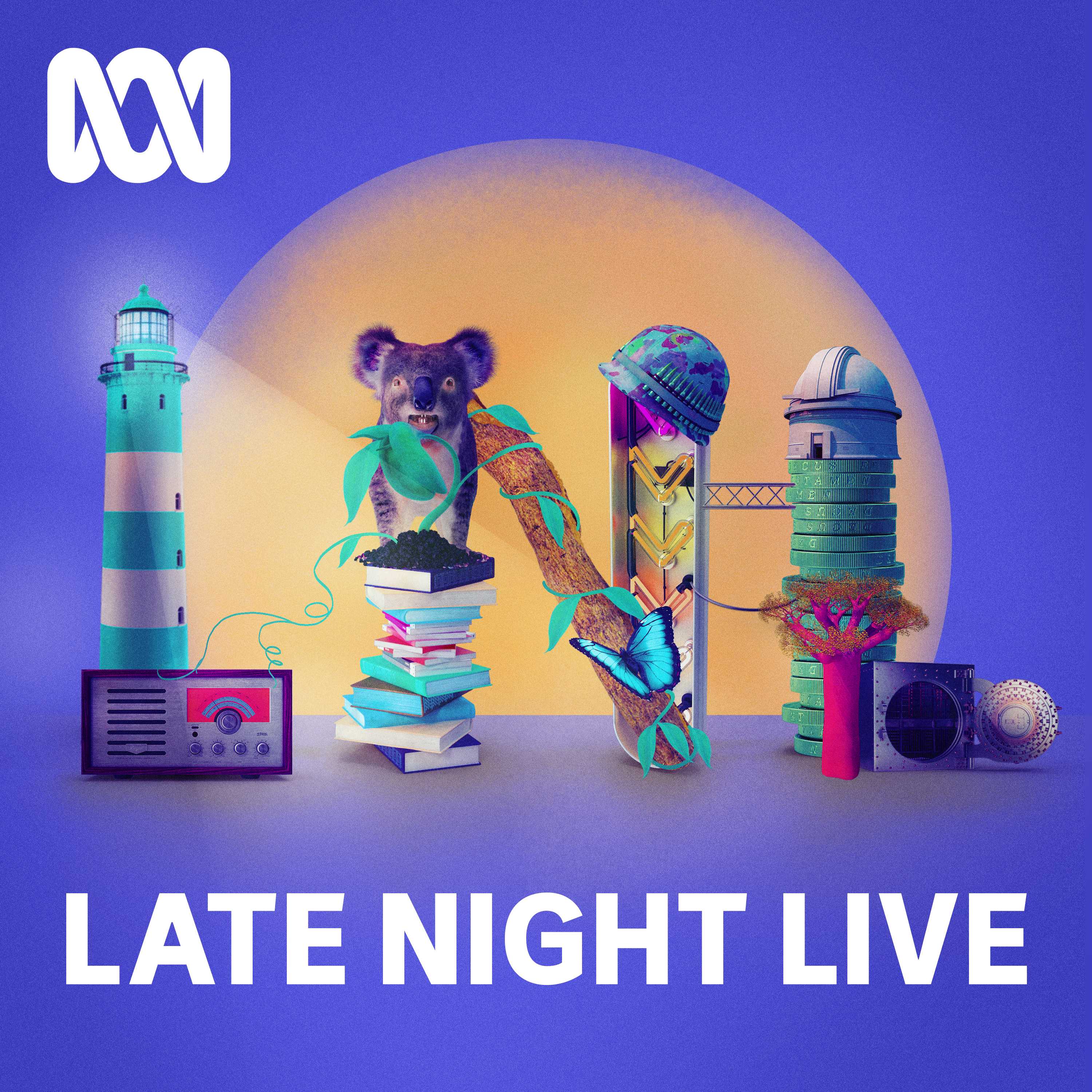
The RegenNarration
The RegenNarration podcast features the stories of a generation that is changing the story, enabling the regeneration of life on this planet. It’s ad-free, freely available and entirely listener-supported. You'll hear from high profile and grass-roots leaders from around Australia and the world, on how they're changing the stories we live by, and the systems we create in their mold. Along with often very personal tales of how they themselves are changing, in the places they call home. With Prime-Ministerial award-winning host, Anthony James.
The RegenNarration
240. World’s Best Place for Active Transport, with Streets for People co-founder Shannon Leigh
Shannon Leigh is co-founder and Director of Streets for People, and previously an award-winning urban and transport planner at the Department of Transport and later Curtin University. Investment in active transport is one of the most livelihood-rich, climate-friendly measures available. And given cost blow-outs in public health, climate related damage, and car dominated infrastructure, it’s another vital transition more of us are after – especially in the wake of the tripling of cycling in Perth since COVID-19.
On that alone, WA’s former Auditor General, Colin Murphy, said that “It is hard to think of an activity with more benefits than cycling, for cyclists and for the wider community.” So to talk more about an active transport vision for WA, Shannon takes us to one of her favourite shared pathways by the Swan River.
This episode was originally released as part of a series of nine episodes I produced a few years ago for the Clean State podcast, dedicated to regenerative transitions in my home state of Western Australia. Sadly, the podcast and its host non-profit are no more. But the series of episodes featured such brilliant guests and stories, that are still so very relevant, and not just to West Australians, so we resolved to re-release them here.
To hear the rest of the Clean State series, and more stories of regeneration from around WA, Australia and the world, follow The RegenNarration wherever podcasts are found, or on the website.
You can access the Clean State Plan, and its brilliantly formatted Summary, towards the bottom of the episode web page (where you can also find a four minute bonus episode of previously unreleased material from this conversation, if you didn't catch it in your podcast feed).
And for more from behind the scenes, become a supporting listener via the links below.
Recorded in October 2020.
Title slide: Shannon Leigh by the Swan River / Derbal Yerrigan for this conversation (pic: Anthony James).
With thanks to the Conservation Council of WA, auspicing organisation for Clean State WA, for permission to re-release this series.
Music:
Eden is Lost, by Selfless Orchestra.
The RegenNarration is independent, ad-free and freely available, thanks to the generous support of listeners like you.
Please consider becoming a paid subscriber to help keep the show on the road - and gain access to a great community and some exclusive benefits - on Patreon or Substack (where you'll find my writing).
You can also donate directly via the website (avoiding fees) or PayPal.
I hope to see you at an event, and even The RegenNarration shop. And thanks for sharing with friends!
In Copenhagen specifically, that was not a bike-dominated culture 50 years ago, so they've transformed themselves into prioritising it and now it is the preferred mode of transport for people living in that city, because they've made it accessible.
AJ:G'day and welcome to the Clean State WA podcast. My name's Anthony James from The RegenNarration podcast on board with you here for this special series dedicated to our home state of Western Australia and the newly released Clean State Jobs Plan. How can we build back better from the coronavirus, avert climate catastrophe and transition to a regenerative, fair and prosperous Western Australia? I speak here with the West Australians getting it done, the thousands of jobs being created, the success being achieved and the enormous opportunities that await. The voice you heard at the top was Shannon Leigh, co-founder and director of Streets for People and previously an award-winning urban and transport planner at the Department of Transport and later at Curtin University.
AJ:Originally from the USA, Shannon has fallen in love with Perth and is passionate about engaging with communities and government to create healthy streets with active transport at their heart. Investment in active transport is one of the most jobs-rich, climate-friendly stimulus measures available and, given cost blowouts in public health, climate-related damage and car-dominated infrastructure, it's another vital transition more of us are after, especially in the wake of the tripling of cycling in Perth since COVID-19. On that alone, WA's former Auditor-General, Colin Murphy, said that "it is hard to think of an activity with more benefits than cycling, for cyclists and for the wider community. So, to talk more about this, I took the bike-train combination from the coast and Shannon, her bike, from up the road to meet at one of her favourite shared pathways by the Swan River. Shannon, thanks for meeting me here. Can you explain where we are?
Shannon:We are at the Banks Reserve. I love this place because when you're sitting here you can look out, see the river, see new developments, there's a children's playground and there's a shared path going right along the river here that anyone can enjoy, of any riding ability, or to walk or to scoot, and we're only a few kilometers from the city as well yeah, it really is a beautiful place, and we're seated at the foot of a three-stoned monument with extraordinary aboriginal artwork on it, and some listeners perhaps may know this, but I didn't.
AJ:In fact, I'd never been down on this stretch of bike path since it had been created or shared path. It's an amazing part of Perth and WA, so thanks for bringing us here. It feels like an auspicious spot, all the more with that monument behind us. Now, just to lay the foundations for our conversation, shannon, let's state up the top what. What is active transport? What do we characterise as active transport?
Shannon:Active transport is any type of non-motorised transport, so that is moving by bike. Moving by your feet also includes public transport, because part of public transport is being a pedestrian. When I say non-motorized, I'm not excluding e-bikes just getting around by any way that involves your body.
AJ:Yes, move yourself. You have to move. Yes, it's a revolution in all seriousness. I was literally just reading some research yesterday, an article on the ABC, I think, that said 70% of kids and 90% of young people don't get the minimum level of physical activity that would be required for healthy life. Amazing figures. To think that's where we've come in terms of sedentary lifestyles, so tell, conversely, where you're inspired by. Where in the world is active transport awesome?
Shannon:Well, I think the part that makes active transport easy is not having any barriers to getting around by bicycle or walking or public transport. So if you think about those cities that you love in the world, that you dream of traveling to or have traveled to, often they're not dominated by a car and they're the places that you can enjoy walking for hours and hours in and feeling safe, or getting around by bicycle and exploring. The pinnacle ones, of course, would be Copenhagen and Amsterdam, where, in Copenhagen specifically, that was not a bike-dominated culture 50 years ago, so they've transformed themselves into prioritising it and now it is the preferred mode of transport for people living in that city, because they've made it accessible.
AJ:Those sort of famous examples. They are fascinating pictures of those cities to look back on in the 70s, where it did look like what we might be familiar with still, although it's changing here too and we'll get onto that so that model of car-dominated transport was present there too.
Shannon:And it really changed, because the people living in the cities were tired of their children being killed by cars and the cars dominating their lives, and so, by protesting against that, the change started to happen, and they still want to improve on what they have. We look at it as the gold star, and they still want to make it better and more accessible for everyone.
AJ:Which really says something about shifting baselines and shifting norms. That that could come to. Well. You're always going to be looking to improve that. That could come to be normal over there now, that culture of active transport. It's something to hold on to when you talk about, as we will visions for Perth and WA as to what could be normalised.
Shannon:It is about a paradigm shift and that's not an easy, quick undertaking, but that's what happened. To get the car where it is, in the priority of our lives, was a paradigm shift less than 100 years ago, so it can happen the other way as well.
AJ:All right, let's talk about why active transport is so amazing for cities. Why is it something that we should be aspiring to?
Shannon:By allowing people to get around without a car, not only are you getting the health benefits without a car, not only are you getting the health benefits of that, the economic benefits of less road usage and wear and tear, you're reducing congestion.
AJ:you're we should put a little exclamation mark on that. That's like a what is it at now? $10 or $12 billion nationally a year that that alone costs Australia.
Shannon:And people don't think about those costs. They don't think about the the day-to-day costs of even running a car. You know, $300 a week really to have a car.
AJ:And 96% of the time, most cars are stationary.
Shannon:I think it's like 98. Actually. It's going up, yeah, which is good. In a way, we're using our cars less.
AJ:But it's such a waste of infrastructure is the overall point then.
Shannon:Yes, so by looking at active transport in the cities and providing a safe space for people to get around that way, the message that is so important to get across to people is that it isn't taking away from you in your vehicle. It's actually freeing up space for you on the road if you need to drive your car. The new bridge that's going in across by the causeway you know that will, I'm sure, encourage so many people to go to the city by bike and therefore less cars will be going across that bridge, so it's actually a win-win for everyone.
AJ:And what about the broader benefits? I guess the obvious ones are around health, certainly, and health of communities for that matter, and also environmental and climate related.
Shannon:It is drastically going to reduce those CO2 emissions by having people not use their car for their trips, and especially, you know, the short trips are really what I'm talking about. It's it's not necessarily getting people to change a habit of a 50 kilometer commute, but what if they rode their bike to the train station because there's a safe way for them to get there and they felt comfortable and then they could take the train? So it's more about those little short trips, which the majority of trips that we make are under three kilometres. So if we can start looking at making small changes to those, then that's when we'll start to get those CO2 emissions coming down.
AJ:Again another exclamation mark on something you just said that more than half of all trips are less than three kilometres or about that mark. It's extraordinary. It's a very easy bike ride for most people, or even walk. At 3km's It'd be a less than half hour walk for most people.
Shannon:But the point is that you need to feel safe doing so.
AJ:And this is what we find, hay that literally most people in surveys about 60% of people in Perth, are saying yes, we want this, we want to do more active transport, we want the infrastructure for it. Because we're not doing more of it for lack of infrastructure and fear of safety. Is that what you're picking up as well?
Shannon:yes, and that's why you know the whole catch 22 of the kids riding you being driven to school. You know if you're going to your local primary school but you're still being driven there because your parents don't feel it's safe for you to walk or ride there. But therefore, because you're driving and everyone's driving, it's making it feel unsafe to walk or ride there. So it's it's about getting that tipping point of more people being active in a group and you know, the more people you see doing it, then the more confident you feel travelling that way.
AJ:Yeah, it perhaps suggests something about how communities and schools, if they do it together, can help everybody over the hump, so to speak, a bit like the energy conversation I just had with Vanessa, actually in episode three, that schools, as energy, renewable energy hubs, are now brokering for communities to get on board with efficiencies and renewables and so forth, because doing it together seems to leverage a lot more well, feeling like you're part of something, I suppose, and in this case certainly not feeling so exposed literally to physical danger.
Shannon:And if a local government looked at providing safe access to schools within their local government area, you would end up covering quite a bit of the local government space that. Therefore, that infrastructure could be used for other trips and for other people that aren't just going to the primary school, and it's not necessarily looking at an expensive infrastructure of fully separated. You know the other ideas, the lower speed limits on residential streets, which also some people have very strong opinions about but in reality that is not going to significantly impact your journey time, because you're usually on residential streets for about two or three blocks before you're getting to a higher order road or you know a 60 kilometer an hour road, but by having a possibly five second slower commute to wherever you're going, you're providing space for people to get out and enjoy their streets more.
AJ:One of the other things that stood out from Clean States research I think it was where I saw it where the WA Government and the RAC have said that every dollar invested in bike infrastructure generates $5.40 in benefits and that it's the largest economic multiplier across their entire jobs plan. That's extraordinary. I mean some of the amazing figures around the world just by doing local business, for example, can have multipliers around $2 to $3 for every dollar invested and that's considered amazing that bike infrastructure should be generating that much. Can you give us an idea of why that is?
Shannon:Well, you don't. A bike isn't putting as much wear and tear on a road as a car, or a truck is, for one thing, so the resurfacing and damage to the road is significantly less. Also, the economic benefits of providing this infrastructure was researched in a discussion paper by the Hart Foundation in 2011. It was called Good for Business, and it showed how significantly it can help the economy in that aspect, even not just creating jobs for bike shops, which are empty of bikes right now, that's right and full-on servicing too, I can tell you.
Shannon:But helping businesses realize the percentage of people that are actually arriving by foot or by bike or public transport to their business. You know, reducing the you don't need as much parking as you probably think you do and getting them to support that access to riding or walking to their business, to riding or walking to their business, and it shows that people that ride often spend more money.
AJ:They don't spend as much in one shop but they go more often, so it's good for the economy in that sense as well yes, so the sort of massive cost alleviation and then massive income gains, and, by principles that are really as simple as you can, fit more people in and they linger longer, and so forth. We're in a time through the pandemic, of course where, as you just alluded, cycling went off, surfing did too. Actually, the stores have sold out of boards, they sold out of bikes and, yes, servicing those bikes, particularly after holiday breaks like right now, is going crazy too. Two to three times more people three times in perth.
AJ:Yeah was the number, yes and there is a will amongst those people that's been found to kick on with that. So there is a moment to seize in terms of what the government sort of does next, and there have been places around the world that are doing that.
Shannon:Seizing the moment give us a couple of highlights yes, that that's been one of the positives to come out of this. Last year A lot of places have taken on board this need for the infrastructure for people to get around when suddenly people aren't maybe wanting to ride the bus. And I know in Sydney, Melbourne and Sydney and Sydney's had years of sort of an uphill battle of trying to get that infrastructure in place and now it's just rolling out kilometres and kilometres of that infrastructure.
AJ:With dedicated funds for it now like systematically rolling it out.
Shannon:Yes, and you know with the population in Sydney in the in the traffic and congestion there.
AJ:This can only help the city in the long term and then there are other examples, like well, all over the world, really, where pop-up cycle lanes, for example, were appearing like everywhere en masse, and yes and that a number of those now are turning into permanent cycle ways and they're quite cheap like when you're, because of the congestion you alleviate, and that a number of those now are turning into permanent cycleways and they're quite cheap Because of the congestion you alleviate. You can actually dedicate some of the existing paved area to cycle paths and get it done a lot more cheaply, with all those economic benefits.
Shannon:And this is something that we try to get across to the different state government agencies is that we don't need the top of the line infrastructure all the time and WA has amazing infrastructure and really beautiful paths that people are envious of all over the world but there are locations and times when it doesn't need to be to that level and you can do these pop-ups and do them with just rubber barriers or you know very pot plants and the like. And, yeah, seeing amazing things coming out of America where a lot of that more tactical urbanism it's called or low-cost design is coming out. I would love to see that taken up more in Perism it's called or low-cost design is coming out. I would love to see that taken up more in Perth. It's also a good way to try something and see if it works, see if it's taken up, see does it affect your commute in your car? You know, probably not and then realise it's okay to make it more permanent down the line.
AJ:And speaking of, we've got the Fremantle doctor kicking in. It's great the front end load is stocked, but the doctor's kicked in. Anyway, on we go. Even though there's not a massive outlay like literally in the jobs plan, we're talking about a couple of hundred million dollars potentially to roll out 2000 kilometers of bike paths across WA towns and cities.
Shannon:You know, the UN Sustainable Development Goals does have goals of 20% of transport budgets going to active transport and in WA we have 1%. So even if we could get that shift to 5%, we would be able to see some amazing changes happening.
AJ:And the UK is investing two. Have I got this right? £2 billion in active transport currently out of COVID.
Shannon:Well, they were already doing it before COVID, at least in London.
AJ:Yeah, London's famous.
Shannon:Which I think took everyone by surprise and then. So people were taking that up so strongly before this year even happened. So now, yes, having to keep rolling with that and helping their economy through that way which is what Clean State are talking about is these are ways that you can help the economy by not necessarily building huge infrastructure and providing something for local communities.
AJ:And again, the energy discussion with Vanessa in the last episode talked about most of the gains being low cost, low barrier changes when you got stuck into it and started to innovate and dedicate some time to it, and I think of Latin American countries like Colombia and the city of Bogota with what they've done with active transport infrastructure along those lines.
Shannon:We could have a whole other podcast on Bogota.
AJ:It's one of my passions Look it up, people, if you don't know it.
Shannon:And I recommend everyone always. There's an amazing documentary called Bogota Change. Documentary called Bogota Change. It goes into that about not only the design and infrastructure that changed the city, but also what happened before that with behavior change, which is forgotten a lot of the time, but it's so important, as well as providing the infrastructure, to get that encouragement to change habits.
AJ:Talk more about that.
Shannon:Behavior change is one of those issues that I think a lot of people think is a fluffy side bit. But it is so important to show people what is possible because when you are living your life and you're doing your day-to-day you don't necessarily think about these things or don't realize the ways that you can get around outside of the way you've been doing it. So by bringing in Travel Smart from the Department of Transport or other experts in that area to help that community realize what is actually already there.
Shannon:Even so, some you know there would be people in, you know in Maylands here that never, used this path and it's a beautiful path and you can, you know, take it to the stadium and to the city and they may not realize. But by going in and talking to people just about what their barriers are, you can help them to start using the existing infrastructure and then, especially when new infrastructure is built, to help them understand what that means and where that can link them to and what they can use it for yes, I think what you said before, even about being able to ride to a train station.
AJ:For example, in melbourne, years and years ago someone drew a map of all the train stations and then I think it was a five kilometer radius around each one and colored that in on the greater map of melbourne and it colored most of it. So an easy 15 minute ride for most people would get you to a train station and in that sense your network of active transport could be seen as very comprehensive, and that would be true in Perth even today.
Shannon:Yes, and the Department of Transport and the PTA. They do have people working on station access and that's for bus and for walking and riding. And that's one of the parts of Copenhagen that's made it so successful is they're not just about the bike. They connect the bike with the public transport. So people often have many bikes and so they ride bike A from home to the train and then they take the train to work and then they have a bike at that train station and they hop on that bike to take that, so they don't have to actually carry it on the train. That's really the cornerstone of how they've gotten their city to function so well.
Shannon:It's not that you have to do everything by bike. Even the taxis there are all required to have a bike rack in the boot, and I used this when I was there and my friend had her bike. I didn't have a bike. We hopped in a taxi. He popped out the bike rack, I mean popped her bike on the back. It was no big deal and he drove us home. It's just those little things like that that can make such a difference.
AJ:What we're seeing more of shared access transport, certainly in cars, even peer-to-peer networks of shared cars, but also shared bikes. I'm seeing a range of schemes around Perth now that makes you think well, if that also reaches a critical mass, then you won't even need to own a bike at each end. You just grab access to a bike, or even a car for that matter that you don't need to own yourself at each end yes, and that's that's getting into a whole other discussion.
Shannon:More about mobility as a service and looking at, you know, not private ownership of a car or anything and just in sharing all of those resources. And there are cities that have taken that up and it's very widely used to take the train into the city and then just hop on a bike. And I was in New Orleans three years ago and they had just started a bike scheme up and let me tell you those roads are not like roads here. There's a lot of potholes in that, in that swampy city, but you know the bikes could handle it and it was being taken up by everyone and it is something that you know would be great to see taken up more here as well, especially in the in the CBD, to get people. And in Fremantle I believe they were looking at a scooter trial. And in Fremantle, because I mean how great it would be Fremantle, I believe they were looking at e-scooter trial in Fremantle because I mean how great would Fremantle be to ride around it.
AJ:Because I mean, as we said earlier, if we're using our cars less but they're dormant for longer, then it's just an enormous waste for everybody a private burden of costs and infrastructure and also as a society.
Shannon:I had an old professor mate who called them the dodo, the driver-only driver-owned car you know a ton plus of material for one little, you know, 80 kilo or 100 kilo body in it. It is a funny evolution that we've come to. But I you know, a lot of times we'll call on-street parking car storage, because I you know, sometimes it's just not.
AJ:He called it curb decoration.
Shannon:Yeah, oh OK, but you're right, storing, yeah you know, storing your, letting one person privately store their private vehicle on public space, because you know that's what Streets for People also wants to get the message out about is that the space between the buildings is public space that is for everyone, and we're not against the car or people using a car, but we want other people to be able to enjoy it as well, and even if that's just you going outside of your house and talking to your neighbor and not feeling like it's an aggressive space to do that. So you know the verges, the footpaths and the and the streets is all, it's all for the public to use, and 80 to 90% of the public space in many cities we just hand it over to cars.
AJ:Yeah, we're really touching on the big picture why this transition is so important in cities around the world. And what would you say to the general punter? How can we you know to the most people who apparently want more of this, what can we do to make it happen?
Shannon:well, it is about just getting out on your bike. More being seen more on your bike, I think, is really important, and consider walking a few blocks up to the shops instead of driving if possible. But to me it's, it's really important to let your you know it's that old thing of the, the squeaky wheel gets the grease and just letting your local councillor know your concerns it makes a difference, it really does. Just to send, you know, just send a quick email it doesn't have to be a lot of work or even just to your city to say that there's a, you know, a path that has damage to it, because it can be just if a footpath has problems, then people aren't going to use it. But also, you know, at the higher level, to your MPs as well, to say this is something that I value and I want to get to the shared path easier. It's just raising it on people's radar more.
AJ:Shannon, it's been terrific meeting you here. Thanks for bringing us to this spot and thanks for speaking with me. SL: Thank you. AJ: That was Shannon Leigh, co-founder and director of Streets for People on location by the Swan River. The music you're hearing is by Selfless Orchestra. My name's Anthony James. Thanks for listening. W
Podcasts we love
Check out these other fine podcasts recommended by us, not an algorithm.

Team Human
Douglas Rushkoff
7am
Solstice Media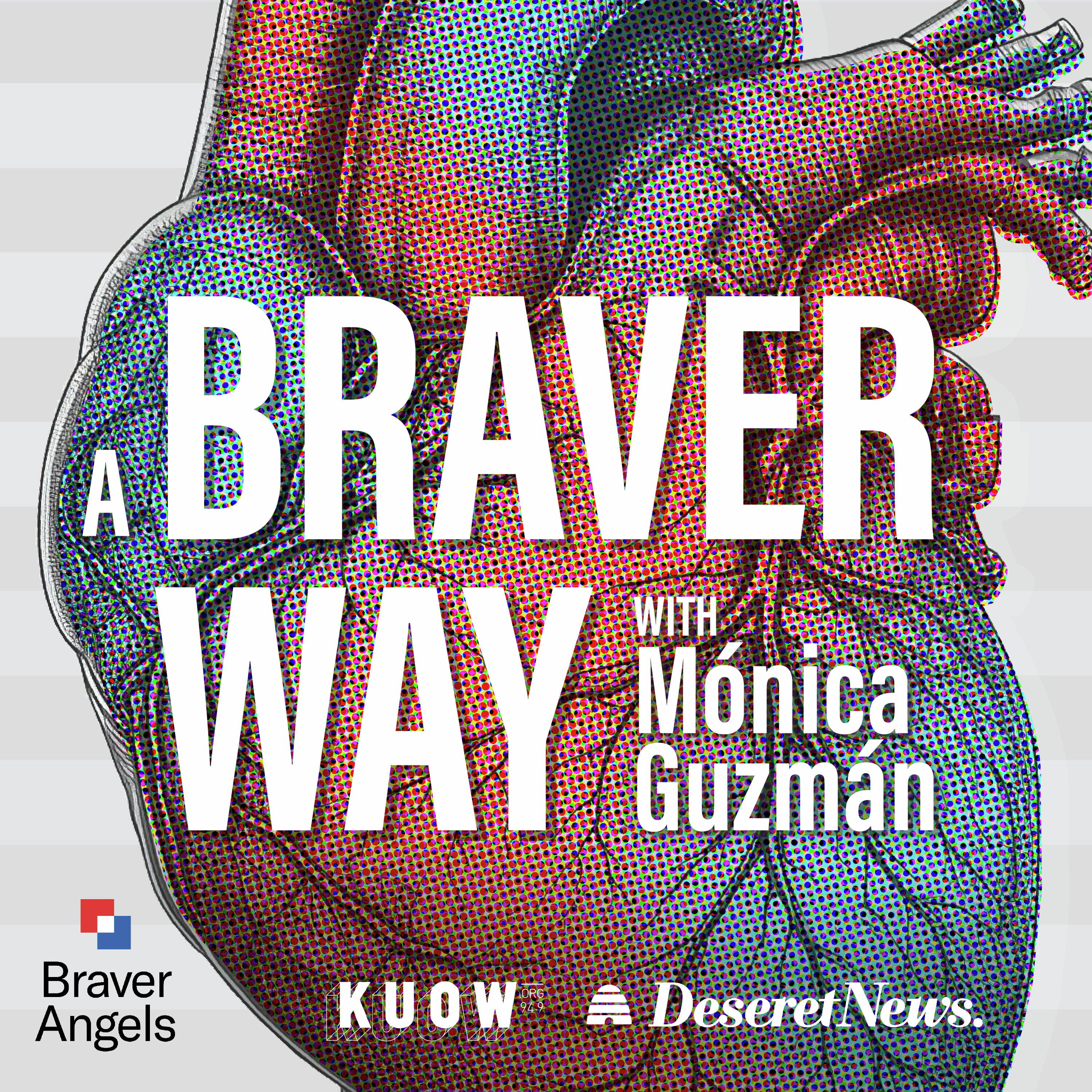
A Braver Way
Monica Guzman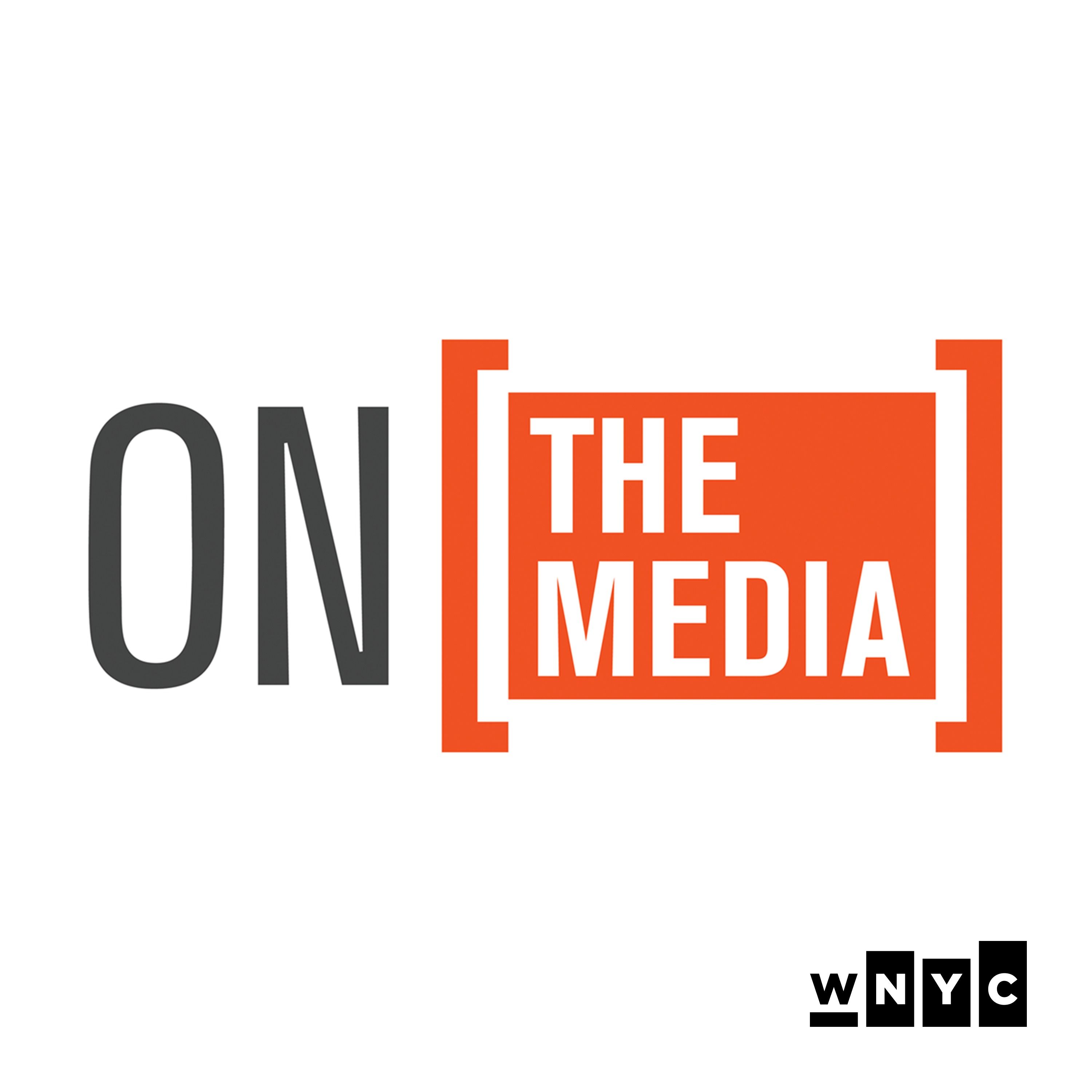
On the Media
WNYC Studios
Aboriginal Way
Aboriginal Way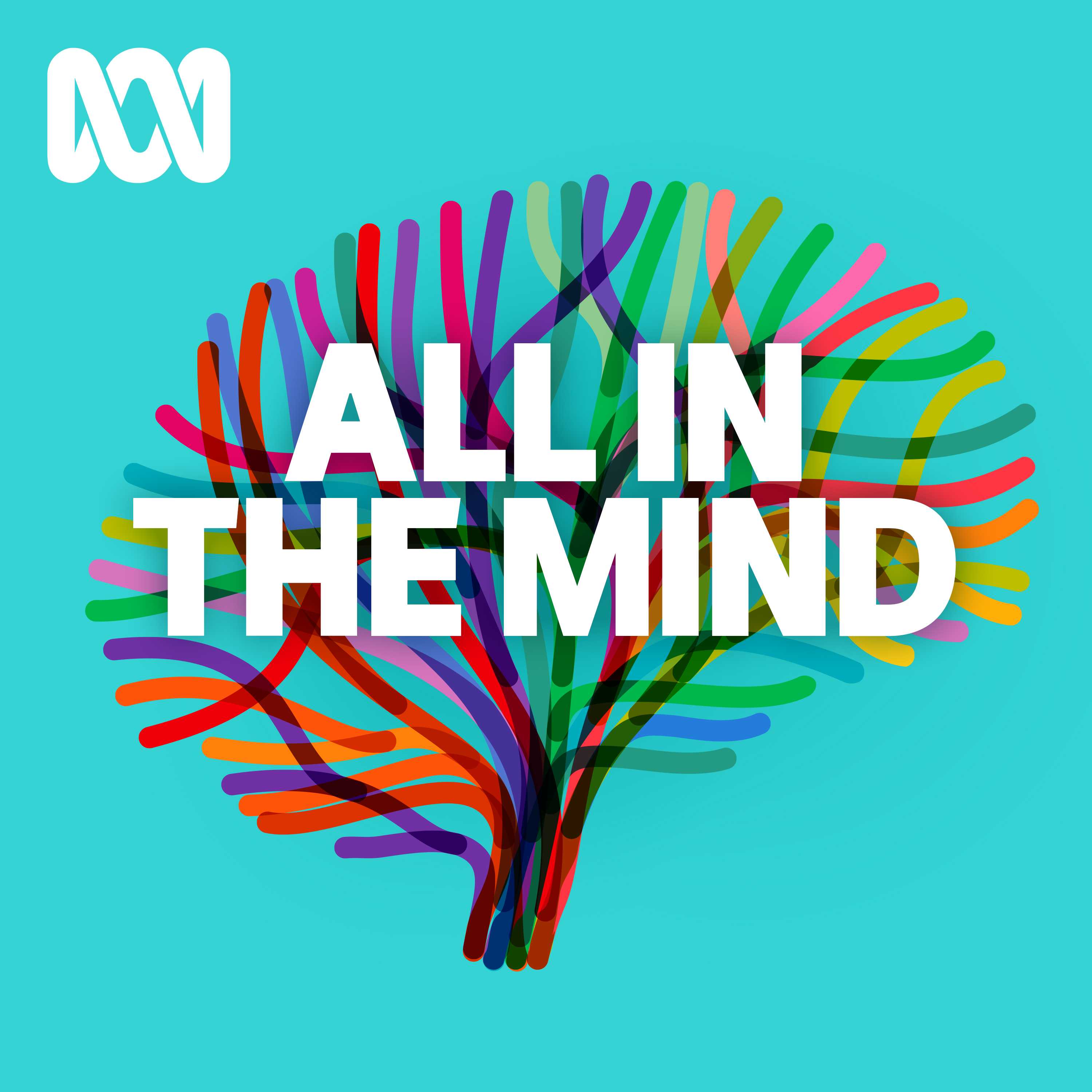
All In The Mind
ABC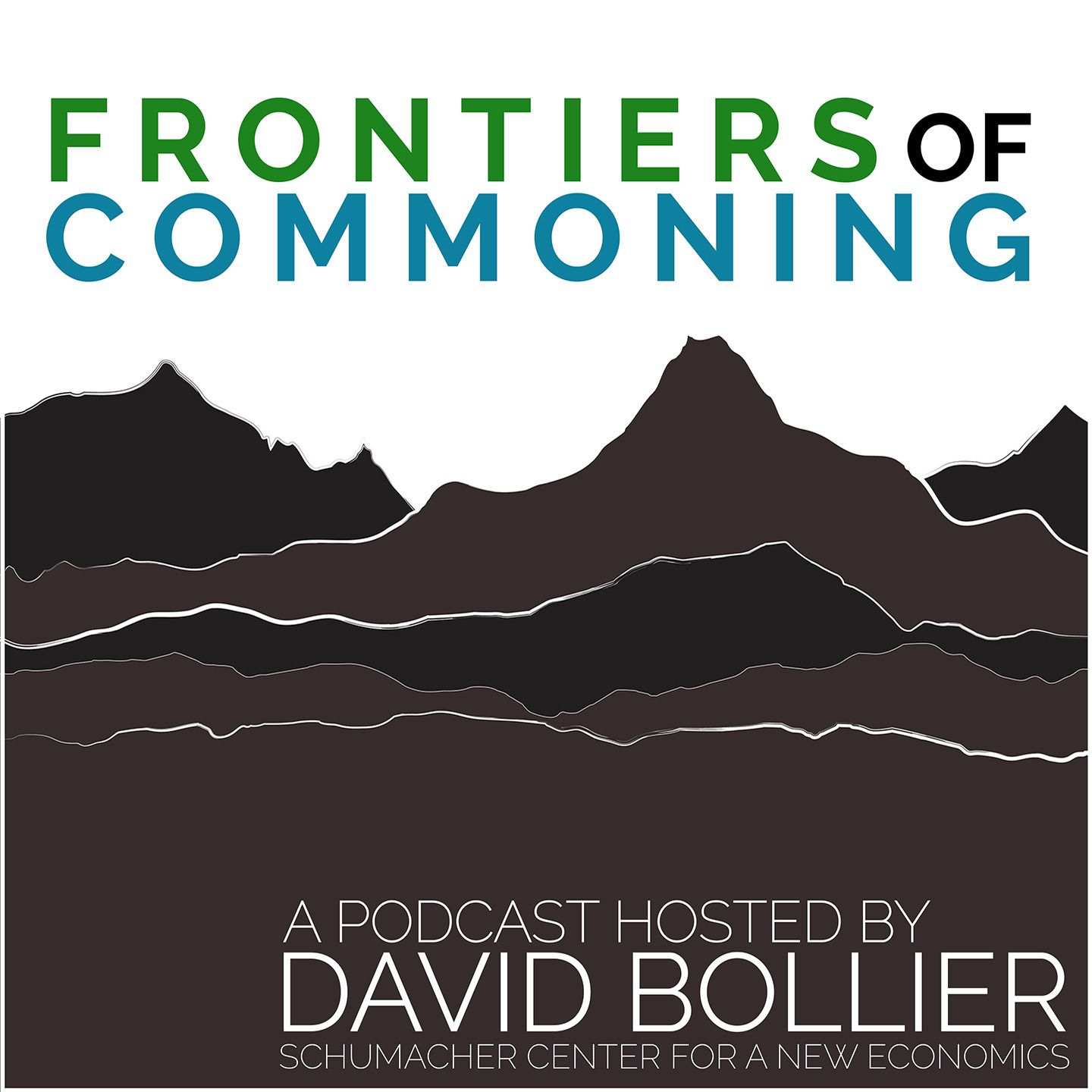
Frontiers of Commoning, with David Bollier
The Schumacher Center for a New Economics, David Bollier
Futuresteading
Jade Miles
The Lindisfarne Tapes
The Schumacher Center for a New Economics
Buzzcast
Buzzsprout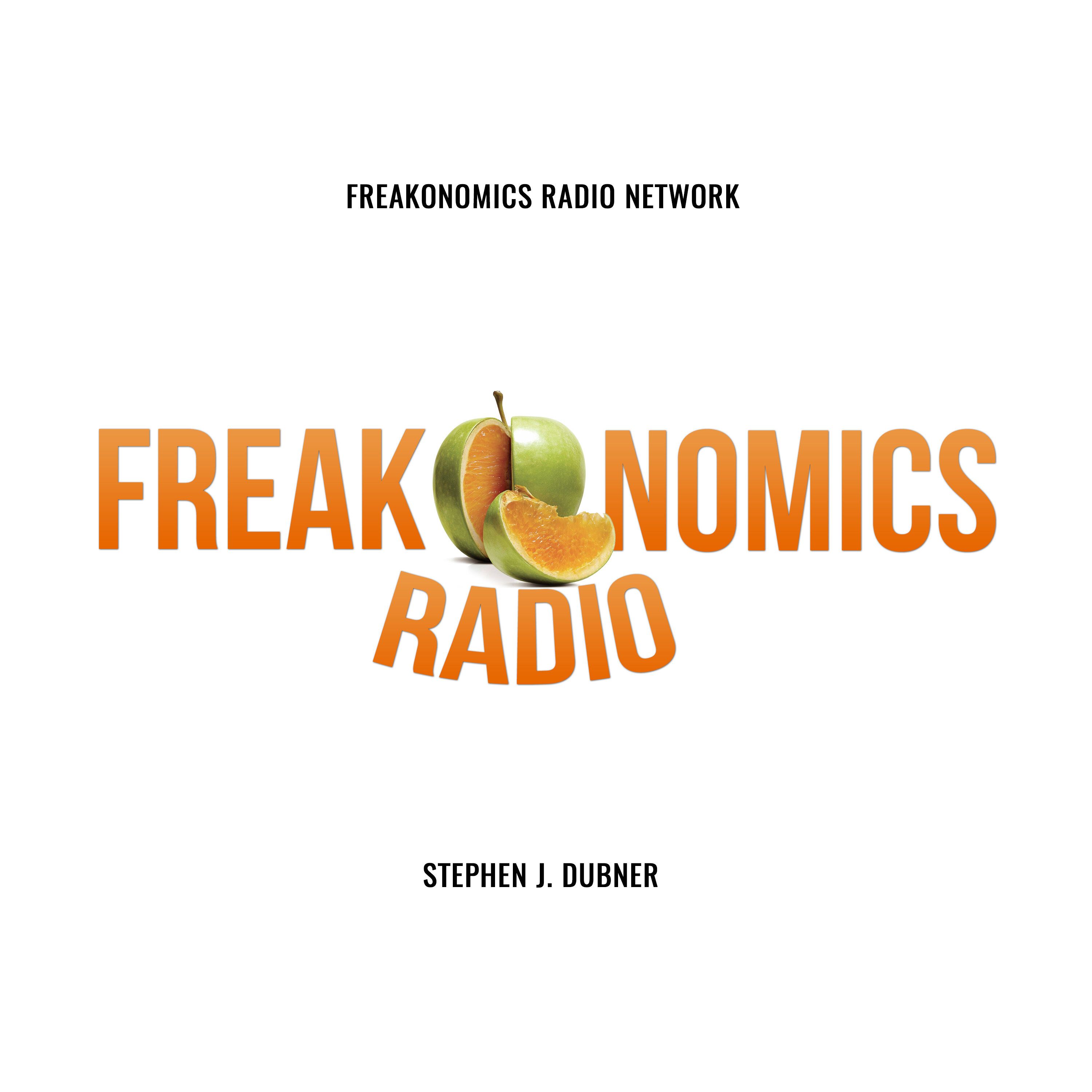
Freakonomics Radio
Freakonomics Radio + Stitcher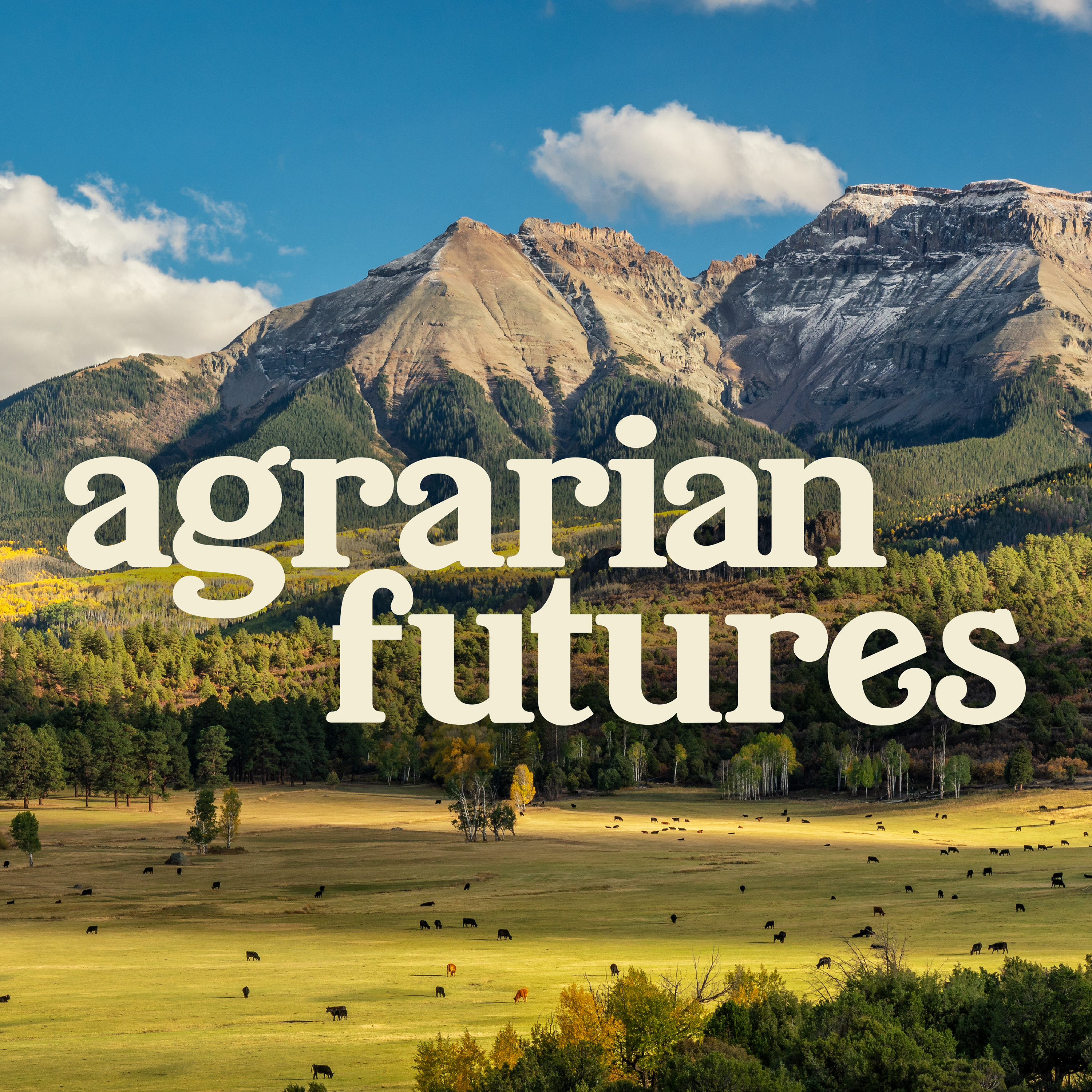
Agrarian Futures
Agrarian Futures
Mountain & Prairie with Ed Roberson
Ed Roberson
Cricket Et Al
Cricket Et Al
Broken Ground
Southern Environmental Law Center
Lost Prophets
Elias Crim & Pete DavisConversations
ABC

